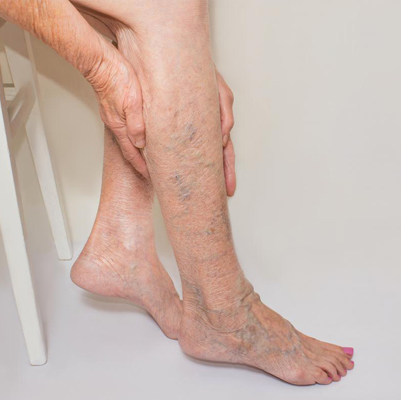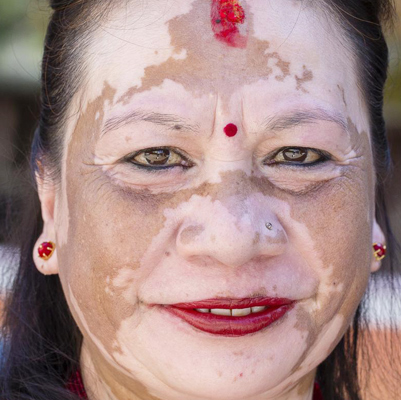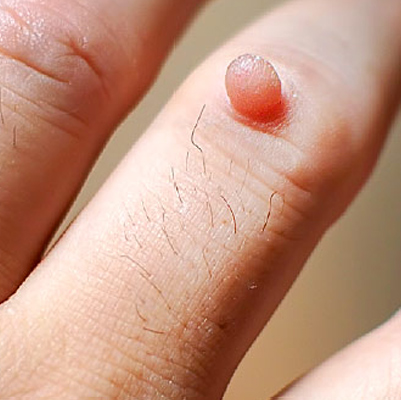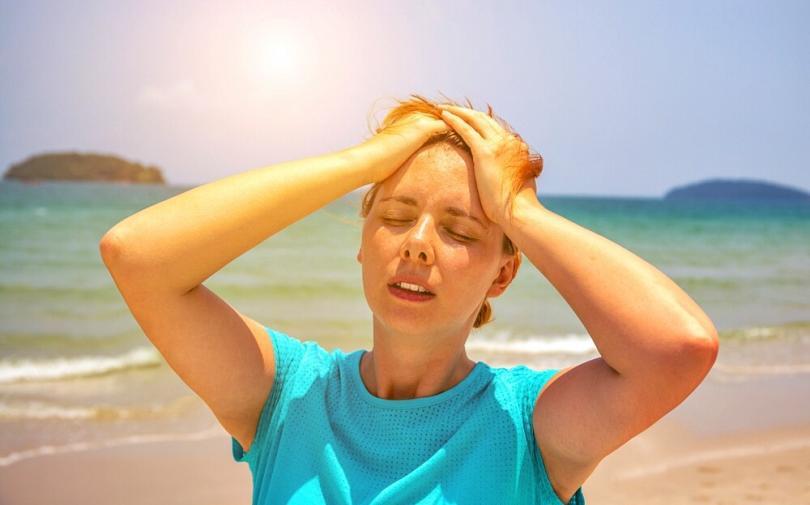Varicose veins
Varicose Veins
Overview
Varicose veins are twisted, enlarged veins, usually occurring in the legs.
-
Standing and walking upright increases pressure in the lower body veins, making them more susceptible.
-
While some varicose veins are cosmetic concerns (including spider veins), others can cause pain, discomfort, or more serious complications.
-
Treatment can include self-care measures or medical procedures to close or remove affected veins.
Symptoms
Varicose veins may not always be painful, but common signs include:
-
Veins that are dark purple or blue
-
Veins that appear twisted and bulging, often like cords on the legs
-
Aching, heavy, or tired feeling in the legs
-
Burning, throbbing, muscle cramps, and swelling in the lower legs
-
Worsened pain after standing or sitting for long periods
-
Itching around one or more veins
-
Skin discoloration around a varicose vein
Effects / Complications
If left untreated, varicose veins may lead to:
-
Chronic pain or discomfort
-
Swelling and inflammation in the legs
-
Skin ulcers near the ankle
-
Blood clots (superficial thrombophlebitis or deep vein thrombosis in rare cases)
-
Bleeding from veins close to the skin
Treatment / Management
-
Self-Care Measures:
-
Elevate your legs when resting
-
Exercise regularly to improve circulation
-
Avoid prolonged sitting or standing
-
Wear compression stockings
-
-
Medical Procedures:
-
Sclerotherapy – injecting a solution to close small veins
-
Laser treatments – closing smaller veins and spider veins
-
Vein stripping or ligation – removing or tying off affected veins
-
Endovenous ablation therapy – using heat to close off larger veins
-

Vitiligo/ leucoderma
Vitiligo (Leucoderma)
Overview
-
Vitiligo is a skin disorder in which patches of skin lose their natural color due to the destruction or malfunction of melanocytes (cells responsible for producing pigment).
-
The extent of skin involvement varies between individuals; it may affect hair, eyes, and the mucous membranes inside the mouth and nose.
-
Vitiligo is chronic and usually lifelong, and affected areas are more sensitive to sunlight (photosensitive).
-
The progression is unpredictable—patches may spread rapidly, slowly, or remain stable for years.
Symptoms
-
Patchy loss of skin color on any part of the body
-
Premature graying or whitening of hair on scalp, eyelashes, eyebrows, or beard
-
Loss of color in mucous membranes (inside the mouth and nose)
-
Loss of pigment in the retina or inner layer of the eye
-
Smooth, depigmented patches that may gradually enlarge
Effects / Complications
-
Increased sensitivity to sunlight and risk of sunburn on affected areas
-
Psychological impact, including stress, low self-esteem, and social anxiety
-
Rarely, associated autoimmune disorders, like thyroid disease or diabetes
Treatment / Management
-
Topical Treatments:
-
Corticosteroid creams to reduce inflammation and stimulate repigmentation
-
Calcineurin inhibitors for sensitive areas (face, neck)
-
-
Phototherapy:
-
Controlled exposure to UVB light to stimulate pigment production
-
-
Surgical Options:
-
Skin grafts or melanocyte transplants in stable patches
-
-
Camouflage / Cosmetic Solutions:
-
Makeup, self-tanning lotions, or dyes to blend depigmented patches
-
-
Lifestyle Measures:
-
Sun protection with sunscreen and clothing
-
Psychological support or counseling for emotional well-being
-

Wart
Common Warts
Overview
-
Common warts are small, rough skin growths most often found on the fingers and hands.
-
They are caused by human papillomavirus (HPV) and are contagious through direct contact.
-
A wart can take 2 to 6 months to develop after exposure to the virus.
-
Common warts are usually harmless and may disappear on their own, but many people choose removal for cosmetic reasons or because they are bothersome.
Symptoms
-
Small, fleshy, grainy bumps on the skin
-
Flesh-colored, white, pink, or tan
-
Rough to the touch
-
Often have tiny black dots (clotted blood vessels)
Treatment / Management
-
Over-the-counter treatments: Salicylic acid or other topical solutions
-
Cryotherapy: Freezing the wart with liquid nitrogen
-
Laser therapy: For stubborn or large warts
-
Surgical removal: Rarely needed, used for warts that do not respond to other treatments
-
Prevention: Avoid direct contact with warts, do not pick at them, and keep skin clean and dry

Sunstroke
Sunstroke (Heat Stroke)
Overview
Sunstroke, also known as heat stroke, is a life-threatening condition caused by your body overheating, typically from prolonged exposure to high temperatures or strenuous physical activity in the heat.
-
It is the most severe form of heat-related illness, which begins with heat cramps, progresses to heat exhaustion, and may culminate in heat stroke.
-
Sunstroke occurs when the body’s temperature rises to 104°F (40°C) or higher, and the body’s temperature regulation fails.
-
Immediate medical attention is critical because untreated sunstroke can lead to organ failure, brain damage, or death.
Symptoms
Signs of sunstroke may include:
-
Throbbing headache
-
Dizziness and light-headedness
-
Lack of sweating despite high heat
-
Red, hot, and dry skin
-
Muscle weakness or cramps
-
Nausea and vomiting
-
Rapid heartbeat (strong or weak)
-
Rapid, shallow breathing
-
Confusion, lethargy, or seizures
Effects / Complications
If not treated promptly, sunstroke can cause:
-
Organ damage: Brain, kidneys, liver, and heart may be affected
-
Seizures or coma
-
Permanent neurological damage
-
Death in severe cases
Treatment / Management
1. Emergency Care
-
Call emergency medical services immediately
-
Move the person to a cool, shaded area or air-conditioned room
-
Remove excess clothing to help the body cool
2. Cooling Measures
-
Immerse in a cool bath or shower
-
Apply ice packs to the armpits, neck, and groin
-
Use cool, wet cloths on the skin
-
Fan the person to promote evaporation
3. Hydration
-
If the person is conscious and able to drink, provide cool water or electrolyte drinks
-
Do not give alcohol or caffeine, as they worsen dehydration
4. Monitoring
-
Keep track of body temperature, breathing, and pulse
-
Do not leave the person unattended until medical help arrives
Prevention
-
Stay hydrated during hot weather
-
Avoid strenuous activity during peak heat hours
-
Wear light, loose clothing and hats
-
Use sunscreen to prevent sunburn that can worsen heat stress
-
Take frequent breaks in the shade or cool areas
